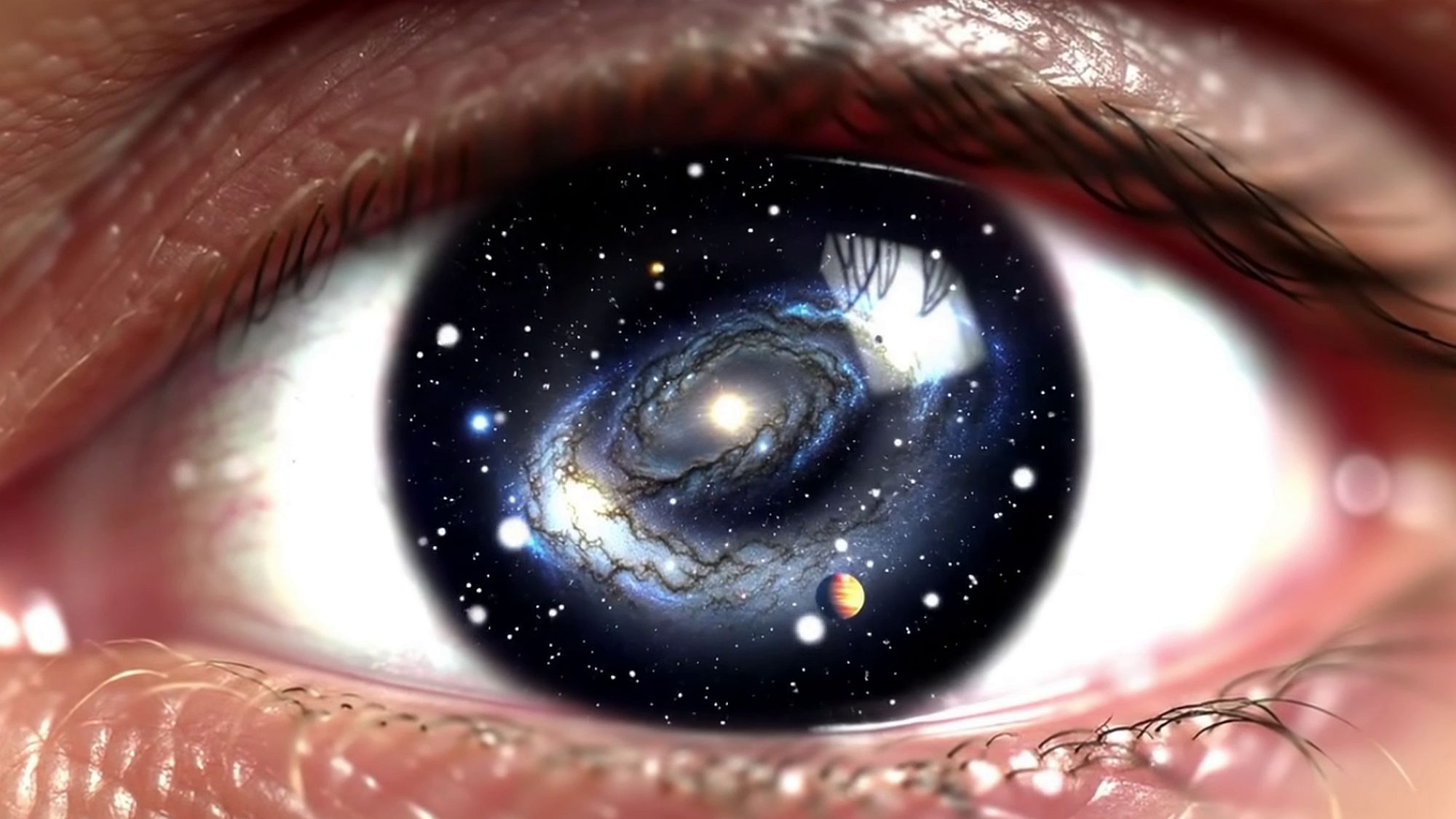A Deeper Look at Our Cellular World
Our bodies are bustling ecosystems, teeming with a vast community of microorganisms known as the microbiome. These microbes living inside us play crucial roles in our health and well-being. While older estimates suggested these microbes outnumbered our own cells by a significant margin, more recent research indicates a ratio closer to one-to-one. This means we host roughly 39 trillion microbial cells, a number nearly equal to our approximately 30 trillion human cells. When we consider the 8 billion people on Earth, the sheer scale of this microscopic life is staggering. The importance of microbes living inside us cannot be overstated as they affect various bodily functions.
A Universe Within: The Cellular Perspective
From the perspective of a single cell within our body, the human host is a universe. We hold significant sway over their existence. When we eat, we provide nutrients to our cellular and microbial populations, highlighting again the importance of microbes living inside us. When we rest, many of our cells undergo periods of repair and reduced activity. Conversely, our actions can have devastating consequences for them. While the act of cutting our hair doesn’t shed a billion living cells as is sometimes claimed – hair is primarily composed of dead, keratinized cells – our bodies are in a constant state of renewal. We shed tens of thousands of skin cells each day, and many of our internal cells have remarkably short lifespans.
The Constant Cycle of Life and Death
This constant cycle of cellular birth and death is fundamental to our health. Microbes living inside us also contribute significantly to balancing this cycle. The cells lining our gut may live for only a few days, while red blood cells circulate for about four months. In contrast, some neurons in our brain can last a lifetime. The majority of our cells have a pre-programmed lifespan, a vital mechanism encoded in our DNA to ensure the health of the entire organism.
Immortality’s Price: The Anarchy of a Cancer Cell
However, this intricate system can falter. Should a cell defy its genetic programming and bypass its designated endpoint, it can achieve a form of immortality. By reactivating mechanisms like the production of the enzyme telomerase, which protects the ends of chromosomes from degrading with each division, a cell can begin to multiply without the normal checks and balances. This unchecked, relentless proliferation is the hallmark of cancer. In this sense, a single cell’s bid for eternal life can pose a mortal threat to the entire cellular community that constitutes a human being. Understanding how the microbes living inside us interact with cells can inform treatments and preventions.
A Symphony of Trillions: The Wonder of Our Inner World
Ultimately, to contemplate our cellular nature is to be filled with wonder. We are living, breathing universes, sustained by the coordinated efforts of trillions of microscopic lives. It is a profound and beautiful symbiosis that makes our own existence possible.
microbes #organism #singlecell
